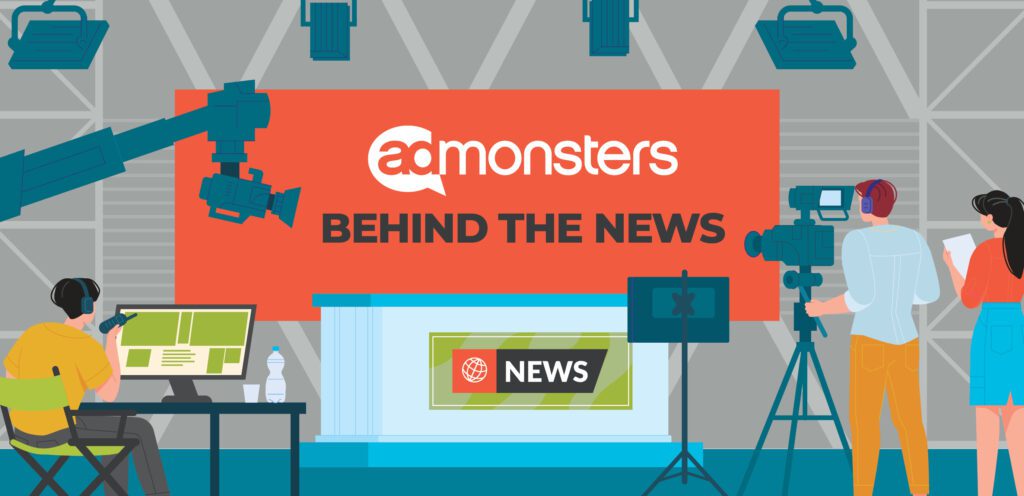
Pubmatic quickly resolved its $1 billion ad auction error without significant damage. However, some still believe that the incident implies the need for greater regulation in the programmatic supply chain.
Publishers, imagine this: You check your ad account like any other day and find $1 billion worth of CPMs. A sudden rush of shock, excitement, and disbelief runs through you; maybe someone is even fanning you off the floor. You ask yourself, “This is too good to be true, right?”
Last week, a group of publishers did log onto their ad account, seemingly attaining millions of ad dollars in minutes. According to Business Insider, this is the amount a medium-sized outlet expects to make in a year.
After some ad experts investigated the programmatic ad auction, they found that some advertisers were bidding at rates as high as $1 billion. But was this real? How did it come about? The secret behind these bids was simple, but the implications are complicated.
The error was a brief server anomaly at Pubmatic. A spokesperson for the SSP said that the anomaly occurred at one of its US data centers, causing publisher ad servers to receive abnormally high CPMs on a limited number of impressions. The error lasted for 40 seconds on March 15 and had by then been resolved.
The Billion Dollar Ad Server Error
Adomik, a data analytics company, identified that these high CPM bids caused tens of millions, possibly up to $100 million, in erroneous advertising bidding. Notable bidders included brands like Delta Airlines and Comcast, alongside smaller buyers such as local banks and hospitals, typically spending only a few dollars daily per publisher.
While the cost looked high, no real ad dollars were spent. Advertisers did not cash additional dollars from Friday’s fiasco, and publishers didn’t see millions deducted from their bank accounts overnight.
In essence, it was a reporting glitch, not a billing error. PubMatic assured it would compensate publishers according to advertisers’ actual bids and actively engage with customers to address the problem.
Experts expect the financial repercussions for individual publishers and ad tech firms will be insignificant. For example, Origin’s executives noted that although initial figures suggested a $15 million increase in ad revenue on Friday, it likely only amounts to around $600 at the accurate CPMs. The excessively high bids from PubMatic’s error affected only a small portion of ad impressions.
Pubmatic, publishers, advertisers, and many other facets of the programmatic ecosystem breathed a sigh of relief. However, other industry experts wonder what this could imply for the larger programmatic ad auction.
Programmatic’s Complexity Problem
The programmatic supply chain is a large, complicated ecosystem with hundreds of moving parts. This slight anomaly proved as Business Insider pointed out, “a 40-second server malfunction at just one vendor could cause a large ripple effect.” The Butterfly Effect is strong even in ad tech.
Hundreds of businesses were affected, including ad agencies, demand-side platforms, ad networks, SSPs, data providers, ad verification services, and more. While the issue was primarily benign — minus the reporting headaches for publisher ad ops professionals and ad tech vendors — it highlights that there is still much room for improvement in the programmatic ad auction.
As we discussed at PubForum New Orleans last year, there is a power imbalance between the sell and buy sides, an oversaturation of intermediaries, and walled gardens monopolizing the space. While some see the benefit of eliminating a few of these intermediaries and even predict that a little excess meat in the supply chain will be cut soon, the true message was better collaboration on all sides.
More importantly, there needs to be precise regulations to benefit all sides. As industry veteran Scott Messer of Messer Media points out, this bidding anomaly should raise alarms about how to handle something like this on a broader scale. This would include more regulation for the greater programmatic supply chain.